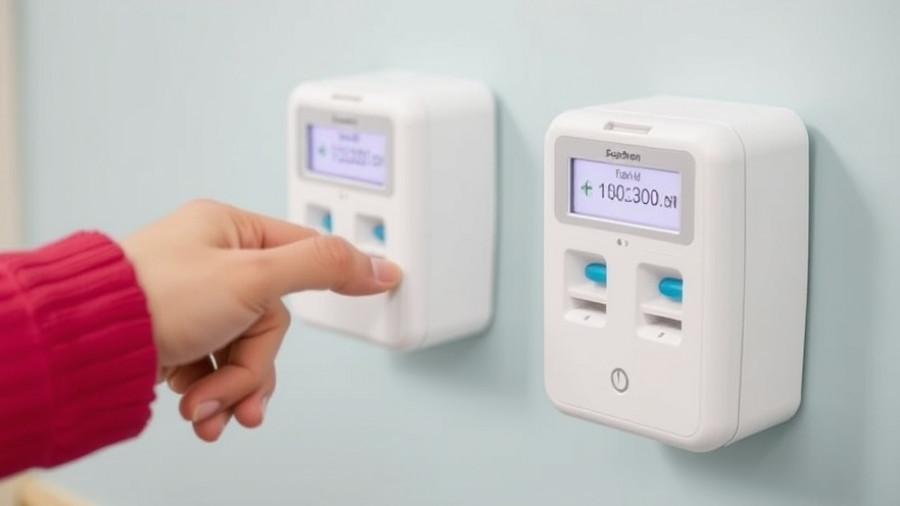
Revolutionizing Medication Management: The Rise of Automatic Pill Dispensers
In an age where technology influences every aspect of our lives, managing medications has experienced a significant transformation through the rise of automatic pill dispensers. These innovative devices promise to enhance medication adherence, particularly for those with chronic illnesses or cognitive impairments. With options ranging from the MedMinder to the Hero Smart Pill Dispenser, individuals and caregivers can ensure that medication management becomes a stress-free part of daily life.
How Automatic Dispensers Simplify Your Medication Routine
Automatic pill dispensers such as the MedMinder and the Hero are designed to help individuals take the correct medications at the right times. They can hold multiple types of pills and dispense them according to a schedule programmed via an app. This minimizes the risk of human error— a critical benefit for those managing several prescriptions. For example, MedMinder’s system not only organizes your medications but also provides reminders through push notifications, ensuring that users stay on track with their treatment plans.
Embracing Digital Solutions for Medication Adherence
The Hero Smart Pill Dispenser enhances this process through user-friendly technology. This compact device can hold a three-month supply of medications, and can even send alerts to both the user and their caretakers if meds are missed or not dispensed as scheduled. Its design promotes independence among users, allowing them more control over their health regimen.
The Human Element: Real Stories Behind the Technology
Some testimonials highlight how these dispensers have changed lives. For instance, one user described MedMinder as a "life-saver" for her parents suffering from Alzheimer’s, providing peace of mind that medication schedules are adhered to. On the other hand, the Hero's ability to accommodate changing medication regimens with functionality such as a customizable schedule makes it appealing for both the user and caregivers who worry about their loved one's health.
Benefits and Potential Drawbacks: What You Should Know
While the advantages of automatic pill dispensers are significant—namely reducing medication errors and improving adherence—there are considerations to keep in mind. Monthly subscription costs for devices like Hero can accumulate, especially when insurance may not cover the expense. Furthermore, they may not be suitable for every type of patient, particularly those with severe cognitive impairments who might struggle with their use. Understanding these potential drawbacks is essential in deciding whether an automatic dispenser aligns with one's health management needs.
Looking Forward: Future Trends in Medication Management Technology
The future of medication management looks promising as technology continues to evolve. Innovations in automatic pill dispensers might expand functionalities, such as integration with healthcare providers' systems or more advanced user interfaces. As our society embraces a more digitally connected lifestyle, these changes will likely enhance the user experience and potentially lower costs, making effective medication management accessible to more people.
In conclusion, automatic pill dispensers represent a blend of technology and healthcare that emphasizes patient autonomy and safety. As they become more prevalent, they could dramatically reduce medication mismanagement and enhance the overall quality of life for users and caregivers alike. If you or someone you know is struggling with medication adherence, it may be time to consider investing in one of these smart solutions to simplify your routine.
 Add Row
Add Row  Add
Add 




Write A Comment